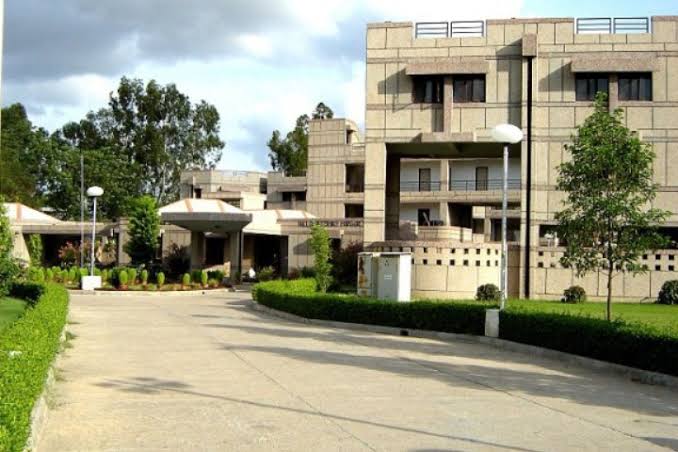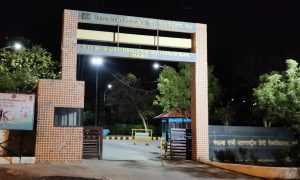A study conducted by the Indian Institute of Technology( IIT) Kanpur has suggested satellite-based real-time monitoring of Himalayan glacial catchments. This would improve understanding of flood risk in the region, help inform an early flood warning system, and curb disaster by saving human lives.
The research carried out by Dr. Tanuj Shukla and Prof. Indra Sekhar Sen, Associate Professor from IIT Kanpur, with support from the Department of Science & Technology, Government of India, has been published in the international journal ‘Science’.
What is a GLOF?
GLOF or glacier lake outburst flood is a type of outburst flood which is caused by the failure of a dam containing a glacial lake. It may result either when a natural dam containing a glacial lake bursts or when the lake’s level suddenly increases and overflows its banks. Such overflows cause massive destruction.
Impact of climate change:
Climate change has led to an increase in temperature and extreme rainfall events in India. It has made the monsoon season stronger in the country.
Due to the impact of climate change, the Himalayan glaciers are melting at a faster rate, creating new lakes and expanding the existing ones. Increased temperature and precipitation level also expose it to even greater risk of natural hazards, including the glacial lake outburst floods, like the one that hit Uttarakhand recently.
Climate change could lead to an increase in the frequency and magnitude of these glacier outbursts throughout the Himalayas.
Challenges:
The lack of cellular connectivity throughout the Himalayan terrain and its remote geography poses a huge challenge to the technology. Detecting and informing about the development of early flood warning systems is virtually impossible in these areas.
What does the study suggest?
The IIT Kanpur scientists suggested that the satellite-based real-time monitoring technology should be used as a future strategy to reduce the loss of human lives due to glacier lake outburst floods (GLOF).
The IIT Kanpur team suggests that efforts to help mitigate GLOF events in the future should include the creation of a network of satellite-based monitoring stations that could provide in situ and real-time data on GLOF risk.
The study has also suggested increasing the time frame of
According to PIB, one of the authors of the study said, “The integration of monitoring devices with satellite networks will not only provide telemetry support in remote locations that lack complete cellular connectivity but will also provide greater connectivity in coverage in the cellular dead zones in extreme topographies such as valleys, cliffs, and steep slopes.”






















 WhatsApp us
WhatsApp us
Pingback: Online medicatie kopen zonder recept bij het beste Benu apotheek alternatief in Amsterdam Rotterdam Utrecht Den Haag Eindhoven Groningen Tilburg Almere Breda Nijmegen Noord-Holland Zuid-Holland Noord-Brabant Limburg Zeeland Online medicatie kopen zonder r
Pingback: โรงแรมสุนัขเข้าได้
Pingback: http://omatgp.com/cgi-bin/atc/out.cgi?id=31&u=https://casino-spin.de/
Pingback: buy fungi contain psilocybin online in uk
Pingback: mooie blote borsten
Pingback: auto swiper
Pingback: where can i buy magic mushrooms online